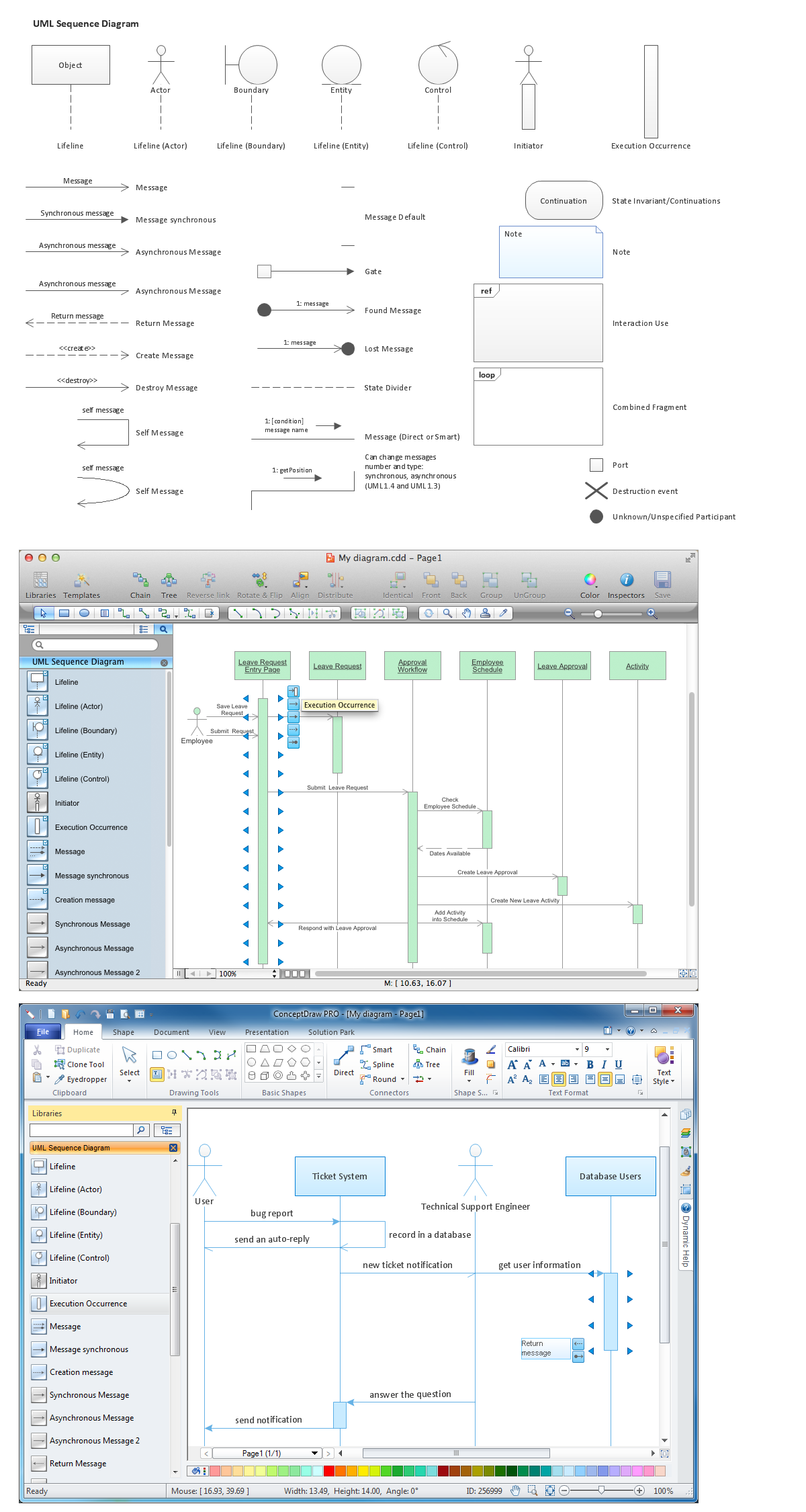Network Topologies
Network topology is a topological structure of computer network, which can be physical or logical. The physical topology depicts location of different computer network elements such as computers, cables and other devices. The logical topology visually displays network dataflows from one device to another. Sometimes network logical and physical topologies can be the same. ConceptDraw DIAGRAM diagramming and vector drawing software is powerful for drawing network maps and network topologies diagrams of any kinds and complexity thanks to the Computer Network Diagrams solution from the Computer and Networks area. ConceptDraw STORE proposes collection of network icons libraries and a lot of Network Topology Diagram examples, samples and templates which were created at ConceptDraw DIAGRAM software specially for Computer Network Diagrams solution. There are six basic types of the network topologies: Bus, Star, Ring, Mesh, Tree, Fully Connected. You can fast and easy design professional-looking diagram for each of them using the ConceptDraw DIAGRAM tools. There are plenty of web Visio-like diagramming software available. Web based diagrams software can be powerful, but sometimes it is essential to have desktop software. One of the most advanced diagrams tools like Visio for Mac OS is ConceptDraw DIAGRAM app.
 Android User Interface
Android User Interface
The Android User Interface solution allows ConceptDraw DIAGRAM act as an Android UI design tool. Libraries and templates contain a variety of Android GUI elements to help users create images based on Android UI design.
Diagramming Software for designing UML Sequence Diagrams
Sequence Diagrams shows how objects communicate with each other in terms of a sequence of messages. Also indicates the lifespans of objects relative to those messages.
- Arrangement Of Football Players In The Field With Numbers
- Arrangement Of Football Players In The Field According To Their
- What Is The Arrangement Of Player Numbers In The Field
- How Players Are Arranged In Football Field And There Numbers
- Soccer (Football) Formation | Football Field Players Arragement By ...
- Www How Are Players Arranged In Soccer Field
- Arrangement Of Player In Field And There Numbers
- Soccer (Football) Formation | Arrangement Of The Players In A ...
- Football Players
- Players Arrangement And Their Numbers On A Pitch
- The Football Field And How Players Are Arranged
- Football Field With Numbers Of Players
- Football Numbers Players Arrangement In The Field
- How Footbaal Players Are Arranged In The Pitch
- How Players Are Arranged In A Hockey Pitch
- How Soccer Players Are Arranged And How They Play
- Arrangement Of Players In Soccer Field
- Arrangement Of Football Players Numbers In Ground
- How Football Player Arranged On The Ground According To Their ...
- Field Arrangement Of Football Players

